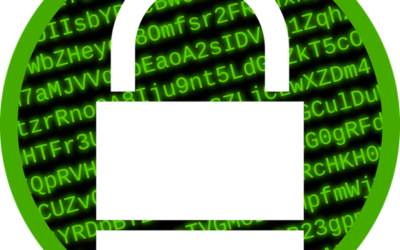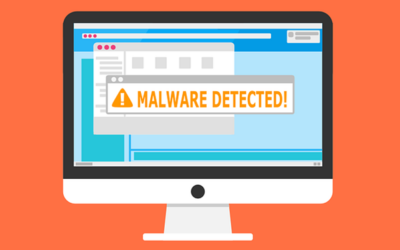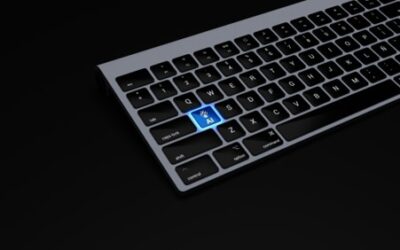
Have you ever found yourself bewildered by a video of your favorite celebrity uttering something outrageous, only to discover later that it was entirely fabricated? Or perhaps you’ve received an urgent email purportedly from your boss, yet something about it seemed off. Welcome to the world of deepfakes, a rapidly evolving technology fueled by artificial intelligence (AI) that crafts synthetic media, often in the form of videos or audio recordings, which can appear authentic but are, in fact, manipulated.
The Different Types of Deepfakes and How to Spot Them
Face-Swapping Deepfakes
This is the most prevalent type, where one person’s face is seamlessly superimposed onto another’s body in a video. While these can be remarkably convincing, especially with high-quality footage and sophisticated AI algorithms, there are ways to identify them:
- Look for inconsistencies: Pay close attention to lighting, skin tones, and facial expressions for any anomalies. Hair that doesn’t move realistically or slight misalignments around the face and neck can be telltale signs.
- Check the source: Was the video encountered on a reputable news site or a random social media page? Exercise caution with unverified sources and unknown channels.
- Listen closely: Does the voice sound natural and match the person’s typical speech patterns? Incongruences in voice tone, pitch, or accent can reveal deception.
Deepfake Audio
This type involves generating synthetic voice recordings that mimic a specific person’s speech patterns and intonations. To detect them:
- Focus on audio quality: Deepfake audio may sound slightly robotic or unnatural, with unusual pauses or inconsistent pronunciation.
- Compare the content: Does the content align with what the person would say or with known facts? Consider if it seems out of character or contradicts established information.
- Seek verification: Look for independent evidence supporting the claims made to validate the authenticity of the audio.
Text-Based Deepfakes
An emerging type that uses AI to generate written content, such as social media posts, articles, or emails, mimicking the writing style of a specific person or publication:
- Read critically: Pay attention to writing style, vocabulary, and tone for any inconsistencies or unusual phrasing.
- Check factual accuracy: Verify information against reliable sources to confirm its validity.
- Be wary of emotional triggers: Exercise caution with content evoking strong emotions, as scammers may exploit these to manipulate judgment.
Deepfake Videos with Object Manipulation
This type manipulates objects within real video footage using AI, potentially fabricating events or altering visual evidence:
- Observe physics and movement: Look for natural object movements consistent with the laws of physics, and watch for sudden changes or inconsistencies.
- Seek original footage: Compare the manipulated version to the original source if possible to identify alterations.
Conclusion
In today’s world, staying vigilant and applying critical thinking are paramount in combating the threats posed by deepfakes. By familiarizing yourself with the different types, recognizing potential red flags, and verifying information through reliable sources, you can become more informed and secure.
Get a Device Security Checkup
Criminals are increasingly using deepfakes for phishing, posing a threat to your organization’s security. A device security checkup can provide peace of mind by identifying and removing potential threats. Contact Wahaya IT today to learn more.
(Article used with permission from The Technology Press.)

































